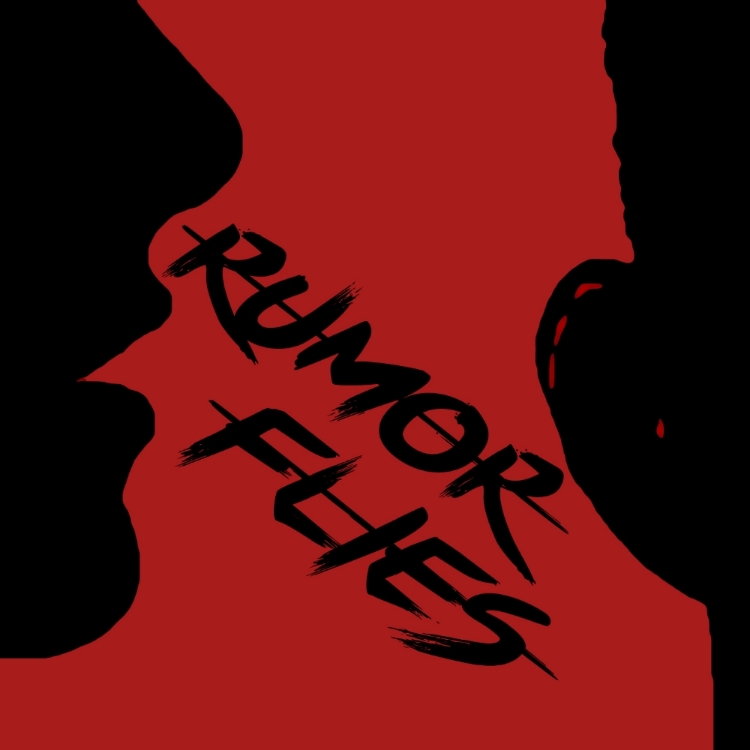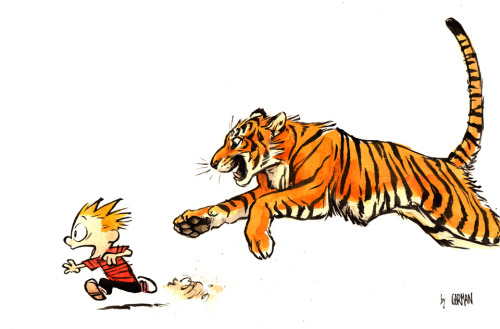Snap Judgment #36: Laugh it up
#831: Adults laugh only about 15 to 100 times a day, while six-year-olds laugh an average of 300 times a day
Image source
Verdict: partially true
Live. Laugh. Love. Simple rules to live by and a pretty strong mantra for only three words
When I first read this, it sort of made sense. As adults, we get caught up with life and our day to day activities while forgetting the simpler things in life. Bills need to be paid, diapers need changing, and beer needs drinking. We tend to lose our sense of humor rather easily while kids don’t have any of the stress. Kids are more worried about their Fortnites and pokemans or whatever they are into these days.
Laughing 300 times a day though? That seems a bit excessive to me. Simple math tells me that if you’re awake for 16 hours a day, that means you need to laugh almost 20 times in an hour or approximately once every three minutes. That just seems a bit excessive for anyone.
So what did my research tell me? That this is all subjective. As unsexy as that is, it boils down to what you would count as a laugh. Is one good laughing spell count as one laugh or 50? Do you tell the difference between a chuckle with a good guffaw? It really all depends.
There was one study that was done on the amount of laughter adults have over a three day period. They did find on average adults laugh about 18 times a day. Unfortunately, this is the only credible study I found on laugh counting. I did not find much concrete evidence on children laughing around 300 times a day. It was mostly research that was referencing other studies that referenced other studies that referenced one study in particular but no literature was out there for me to get my hands on.
The bottom line is that we all need to laugh more. While children may not laugh 300 times in one day, they do laugh more. I think there’s something to that because I feel that children are happier than adults most of the time. It’s good to laugh and important for our mental health. Don’t take life to seriously and remember to let lose. In the words of Bo Burnham, “Laughter is the best medicine, ya know, besides medicine.”
Sources:
https://www.laughteronlineuniversity.com/children-laughter-frequency/
http://www.aath.org/do-children-laugh-much-more-often-than-adults-do
http://psycnet.apa.org/record/1999-15807-001





































